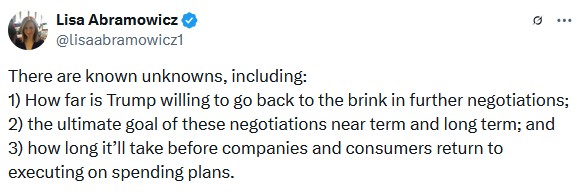US stock futures flounder amid tech weakness, Fed caution
The chart below, courtesy of JP Morgan Asset Management, highlights how much the US relies on certain rare earth metal imports from China and other nations. It also lists some of the products the metals are needed. As the chart shows, imports play a critical role in securing our rare earth metal needs. Furthermore, and pertinent to trade talks with China, China is a key exporter of the metals listed below.
The reliance on rare earth metals is an important card in China’s hand as it negotiates tariffs. However, a few points are worth discussing as we assess just how strong China’s hand is.
The good news is that the US has critical rare earth metals. However, extracting and refining those metals face environmental regulations, high costs, and limited infrastructure. Efforts are underway to boost domestic production, but even if we fully commit to mining and processing them, reducing our reliance on imports will be difficult and time-consuming. Furthermore, our supply of rare earth metals is estimated to be well short of China’s.
Fortunately, there are other countries with supplies of rare earth metals. Unfortunately, China has more than double the reserves of Brazil, the next largest country. India and Australia follow Brazil but have combined less than a quarter of China’s reserves. The bottom line is that China has a strong hand and can use it to sway tariff negotiations in its favor.
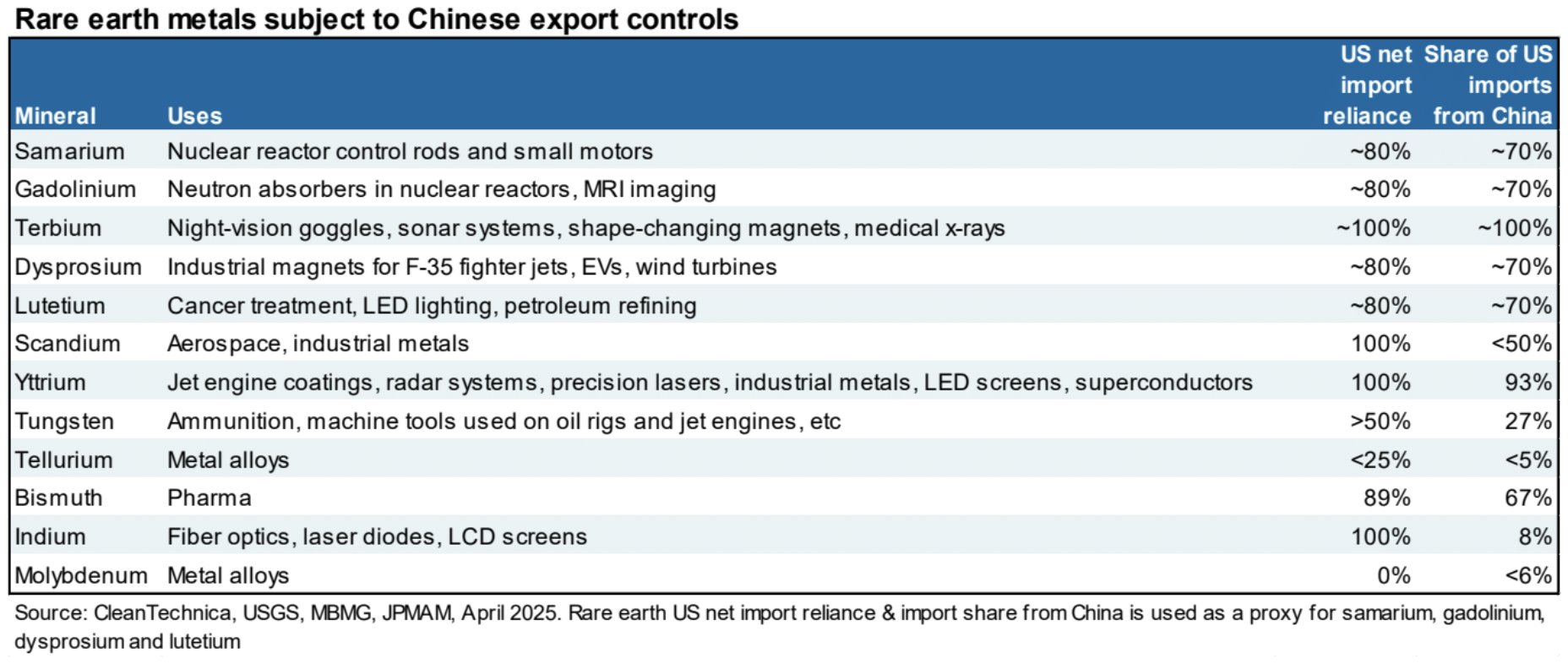
Market Trading Update
Yesterday, we discussed the many indicators indicating more extreme market bearishness levels. One area that we wrote about extensively in 2022 and early 2023 is the “bear porn” being published currently about the “demise of the dollar” and the “loss of the reserve currency status.” Here is what is important to understand.
“The US dollar is the world’s reserve currency. That means that most international trade is transacted in dollars, whether a US-based customer is involved or not. Thus, the dollar’s value is a determinant of foreign economic activity. Moreover, many nations hold dollar reserves to transact more efficiently.
Reserves are used to facilitate trade and, for liquidity purposes, primarily invested in Treasury securities. Lastly, many foreign nations and corporations borrow in US dollars because the US offers the cheapest financing in most cases, as it has the most liquid capital markets by a long shot.”
For more information on the dollar and its importance to global economic activity, we share articles we have written on the topic:
- Our Currency, The World’s Problem Part 1
- The Dollars Death, Not So Fast Part 1 & Part 2
Importantly, when people discuss the decline in the dollar, all they are talking about is the change in the price of the RELATIVE to a basket of other foreign currencies. Many things can either appreciate or depreciate the US dollar’s value relative to another currency, such as the outlook for economic strength or weakness, the potential impact of political policies, and the demand for imports and exports. The last is the most important.
For example, let’s say that we import $50 billion in goods from China. China has two choices. They can either take the proceeds from their exports back into the Yuan, which would cause it to appreciate against the US dollar, OR they can “sanitize” the transaction by keeping the sales in US dollars.
Their actions largely depend on the current status of the Yuan versus the dollar and the country’s economic needs. Of course, it isn’t just China that “controls” its currency relationship to the U.S. dollar for economic needs. The table below, courtesy of the US Census Bureau, shows that through the first 11 months of 2024, the US has imported over $1 trillion more in goods than we have exported.
The recent decline in the dollar has once again brought the “dollar bears” out of hiding after they were so miserably wrong in 2022. Looking at the following chart, the decline in the dollar is certainly concerning.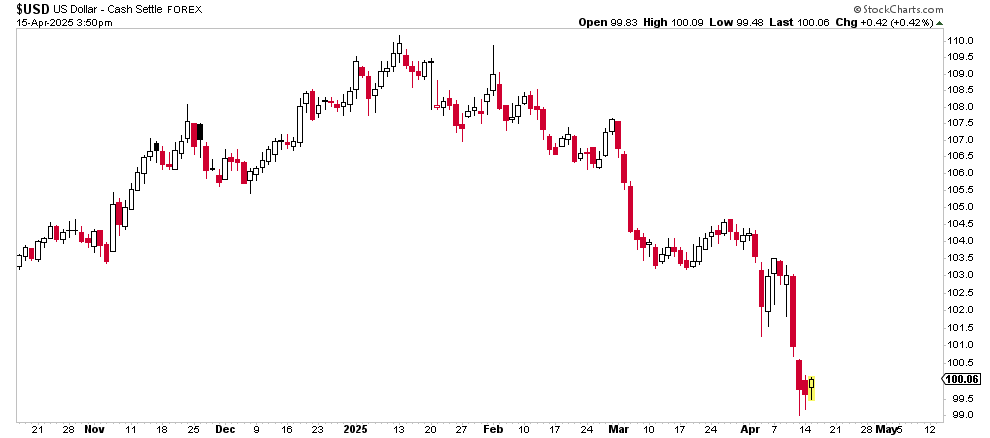
However, that scare is primarily out of context, and, as usual, the bears need a bit of perspective. The chart below is a long-term monthly chart of the dollar. Interestingly, we had substantial dollar declines in the early 80s and just after the turn of the century, but there were no concerns about de-dollarization then.
Over the last 5-years, every decline in the dollar is now the “loss of the reserve currency.” However, as shown, the recent decline is part of a longer-term uptrend in the dollar since the 2008 financial crisis. On a technical basis, the dollar had become extremely overbought following a massive rally after the last short-lived de-dollarization scare we discussed in those linked articles above.
Before you fall victim to “bear porn,” it is always best to gain a little perspective.
The U.S. is not at risk of losing its reserve currency status. Foreign investors will still buy U.S. debt to sanitize their trade. Oh, and don’t forget, when foreigners buy gold, they buy it using U.S. dollars.
What To Watch Today
Earnings
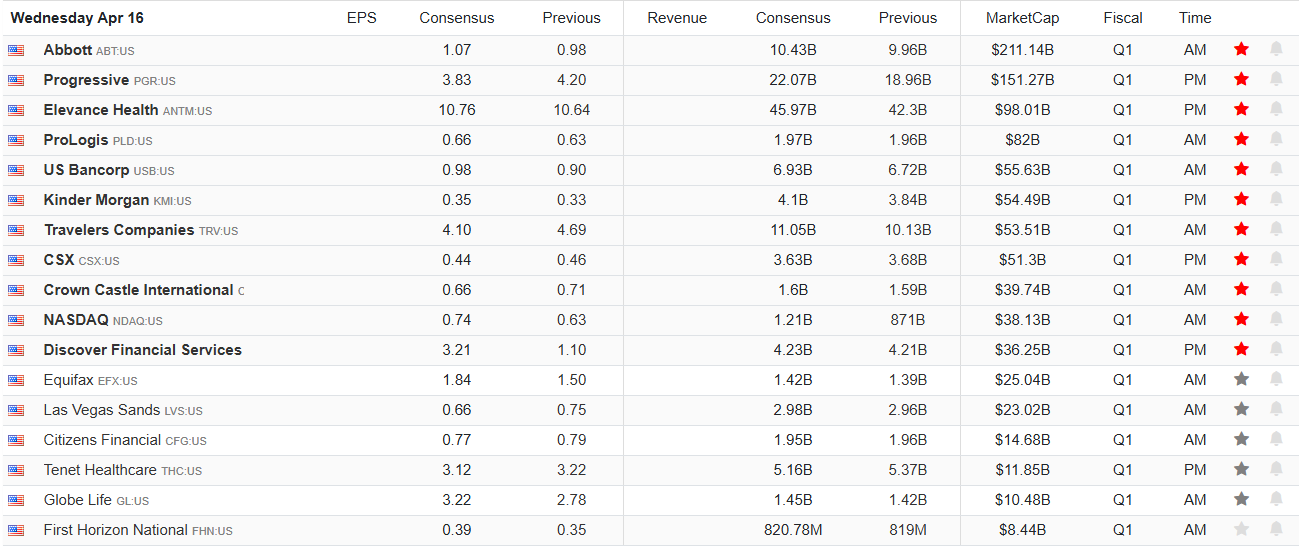
Economy
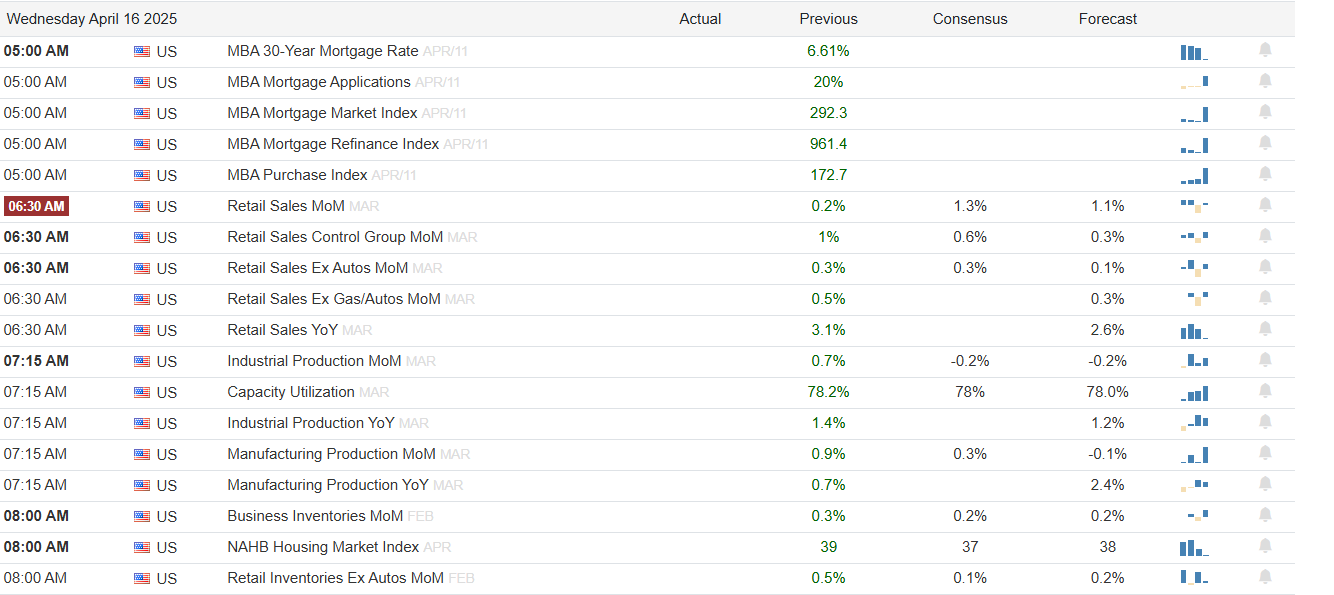
Knowns And Unknowns From Lisa Abramowicz
On X, Lisa Abramowicz of Bloomberg tweeted an instructive list of knowns and unknowns to help us appreciate the road ahead. As she writes, there are plenty of unknowns. Consequently, these unknowns are causing investor angst and resulting in volatility. As unknowns become knowns, we should see better investor sentiment and lower volatility. Bear in mind that the unknown list is much larger than what she posts.
